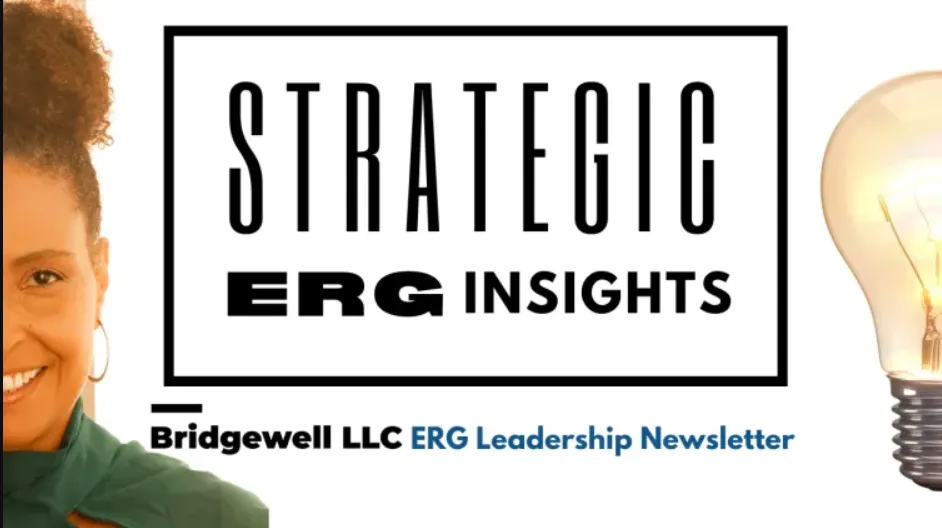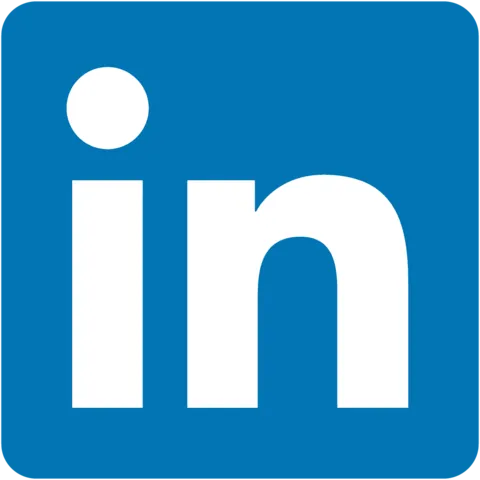Join us for the $99 Goal-Setting Workshop
December 30th 4PM PT / 7PM ET
ARTICLES
Strategic ERG Insights

Preventing Burnout Among ERG Leaders: How to Keep Leaders Energized and Engaged
ERG leaders are the most committed and involved advocates for your organization's inclusion efforts. They're not just wishing things would improve but are walking the talk and making it happen.
Ella has volunteered to lead the Women's ERG in her organization. Over the next few months, Ella needs to plan and execute several events, including a panel discussion for International Women's Day, a mentorship program for female employees, and a networking event to promote collaboration across ERGs.
In addition to her ERG responsibilities, Ella also has a demanding project management role, leading a high-priority project for her company. The deadlines for her project coincide with the ERG events (you can see where this is headed), so she works long hours and weekends to ensure the success of both her project and the ERG initiatives.
The combination of her day-to-day job responsibilities, the time-sensitive project, and multiple ERG events stretches Ella way too thin, impacting her work-life balance and increasing the risk of burnout.
ERG leaders like Ella are often tasked with managing the demands of their regular job responsibilities in addition to their ERG commitments and that struggle is real!
ERG leaders who are people of color also face unique challenges in the workplace, from microaggressions and implicit bias to systemic barriers that aren't being dismantled quickly enough. These challenges amplify the stressors that contribute to burnout. Not surprisingly, people of color in leadership positions feel a great sense of responsibility to create the change they want to see and support their communities, which naturally leads to increased pressure, higher expectations, and of course, burnout.
Organizations need to recognize the unique challenges ERG leaders face and provide the necessary support, resources, and recognition to help prevent burnout and disengagement.
We're here for all of it, so I want to share a few immediate strategies you can implement while waiting for the more expansive organizational changes to catch up.
I'm getting right to the action steps with these three strategies, so if you're thinking, "this won't work in my organization" I want you to reframe that to "this might work in my organization if_____" and then detail the changes you'll need to incorporate to make it a winning strategy.
Let's go!
Share The Wealth: Recruit Event Chairs
To prevent burnout, involve more people in ERG event planning and execution. This engages interested members in larger roles and creates leadership opportunities supporting personal and professional growth. Here's how:
First, survey ERG members to identify those interested in a leadership role and who are simply waiting to be asked (you'd be surprised how often that's the case!). You can get a survey out in a few minutes using Google Forms.
Next, identify the key events and initiatives that your ERG will focus on throughout the year so you have clarity on how many event Chairs you need.
Now you’re ready to recruit a dedicated event chair responsible for overseeing the planning and execution of each event. The role will be focused on that single event so their enthusiasm and effort will have a chance to shine.
Bonus: Encourage the event chairs to assemble a committee of volunteers who can assist with various tasks.
By delegating responsibilities, ERG leaders can focus on high-level strategy and avoid becoming de-facto event planners. Plus, involving more people in the process creates a sense of ownership among ERG members. Yes to all of that!
Two-Heads Are Better Than One: Implement a Co-Leadership Model
Sharing leadership responsibilities can be a great way to alleviate the workload and provide additional support for ERG leaders. If you're considering implementing a co-leadership model for your ERG, here are a few key steps:
Start by asking for volunteers or recruit a suitable co-leader who complements the current leader's skills and strengths. This step requires careful consideration to ensure the co-leaders mesh well and can work effectively.
Once you've identified a co-leader, clearly defining and distributing responsibilities between the two leaders is critical. This will help to avoid unbalanced workloads, unmet expectations, and misunderstandings.
Finally, establishing regular communication and collaboration between co-leaders is essential to maintaining alignment and fostering a strong working relationship. This can look like a weekly coffee chat or lunch where you can update each other and share ideas beyond your regular email updates.
Overall, a co-leadership model can be incredibly effective for ERGs. It distributes the workload, provides additional support, and fosters collaboration. It also creates opportunities for more ERG members to gain leadership experience and helps to ensure continuity in the event of leadership changes. So if you're considering a co-leadership model, go for it!
DISCLAIMER: Some readers won't like this next one but my years as a portfolio manager give me first-hand knowledge that...
"IF EVERYTHING IS A PRIORITY, NOTHING IS A PRIORITY".
Prioritize and Focus on High-Impact Initiatives. Drop The Rest
As an ERG leader, tackling all the initiatives that come your way can be overwhelming. But you can make a real difference without burning out by focusing on a few high-impact projects.
Connect with ERG members and executive sponsors to identify your organization's most critical and impactful initiatives. (Again, Google Forms and a few minutes with the sponsor!)
Develop a focused plan to execute these high-priority, high-impact initiatives, keeping efforts centered on what matters most.
Schedule regular progress checks and adjust plans as needed. Keep the focus on high-impact initiatives and put on blinders to avoid the temptation to take on more "fun" projects. Today's "fun project" is tomorrow's source of burnout and frustration!
By focusing on high-impact initiatives, ERG leaders can make the most significant impact even with limited resources and time.
These strategies are further enhanced when ERG efforts are aligned with organizational goals. Alignment can buy ERG leaders the additional executive support to have dedicated time for those priority initiatives and, at the same time, bring enough enterprise attention to the ERGs that members will start lining up for leadership roles!
This work of bringing people together and building bridges is important. The American workplace is the most diverse environment most people experience regularly. As a result, ERGs are an important path to inclusion and understanding at work and in our communities. That’s a strong reason to ensure we support our ERG leaders and contribute to this important work.
Speaking of which, our next issue tackles how to compensate ERG leaders when you don’t have the budget! Be sure to subscribe so you don't miss it!
Always in your corner,
YOUR TURN: What strategies have you used or will you apply to keep your ERG leaders from burning out?
This is a learning community, and we love sharing good ideas - that means YOUR good ideas! Share freely below and let's lift as we rise.
hashtag#erg hashtag#inclusion hashtag#deib hashtag#deistrategy hashtag#strategicplanning hashtag#ergstrategy hashtag#strategicerg
FREE MONTHLY LEADERSHIP SERIES EVENT:
Save May 31st on your calendar! Our next Bridgewell LLC Professional Services Leadership Series event has just been posted, and I suspect it might resonate for a few of you! Join us for our next LinkedIn Live on HOW TO DEAL WITH DIFFICULT PEOPLE (WITHOUT LOSING YOUR JOB OR YOUR MIND).
Ready to discuss your ERG challenges? Schedule a strategy session to learn how we combine leadership development and strategic planning to up-level your ERG results. Bridgewellpro.com/erg.
As seen in:


Bridgewell LLC - Strategy and Leadership

